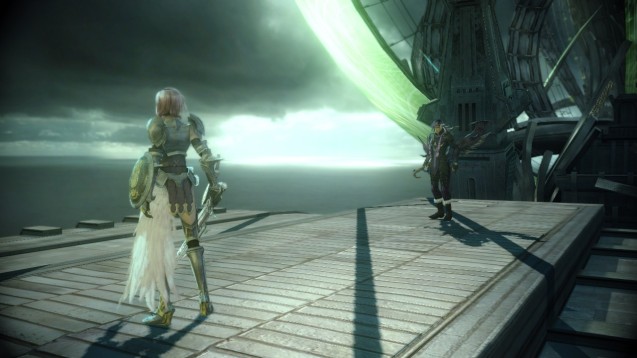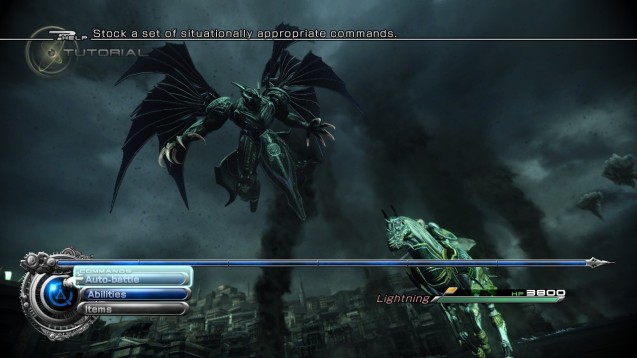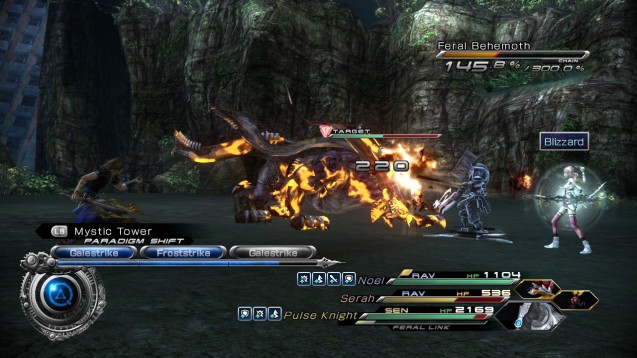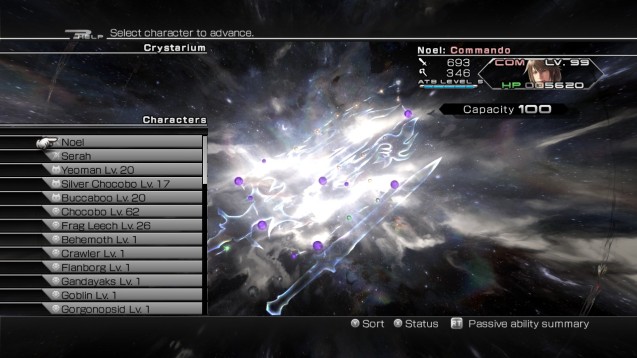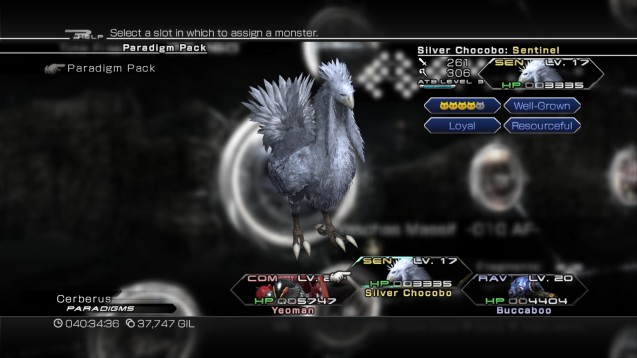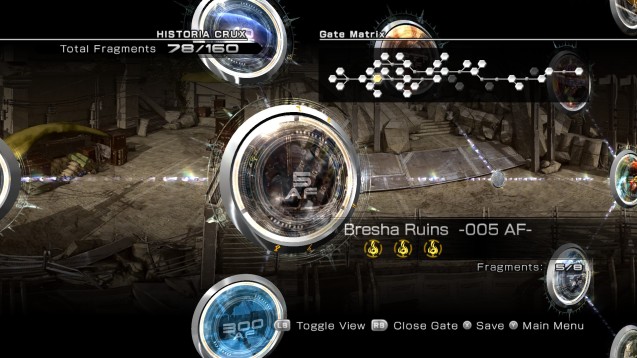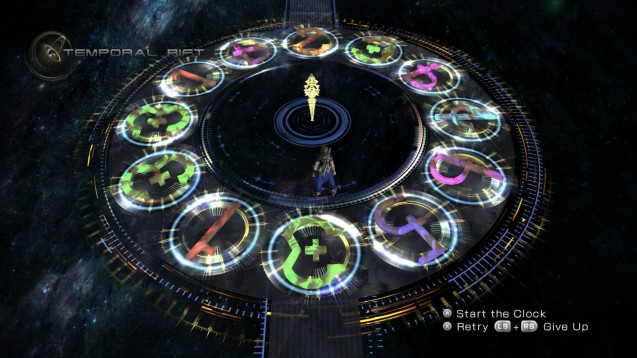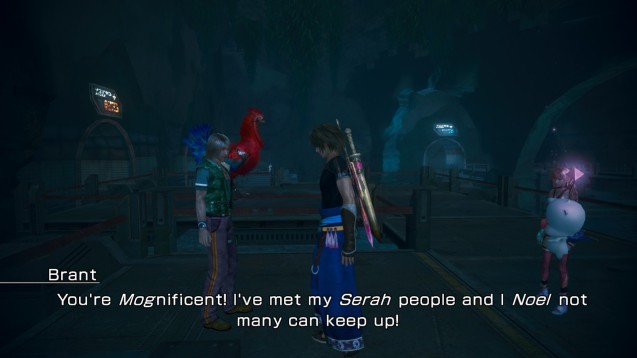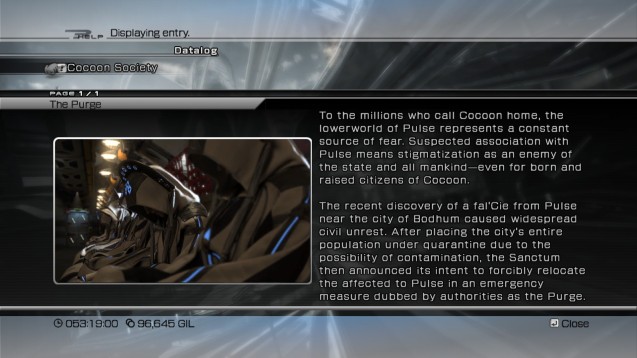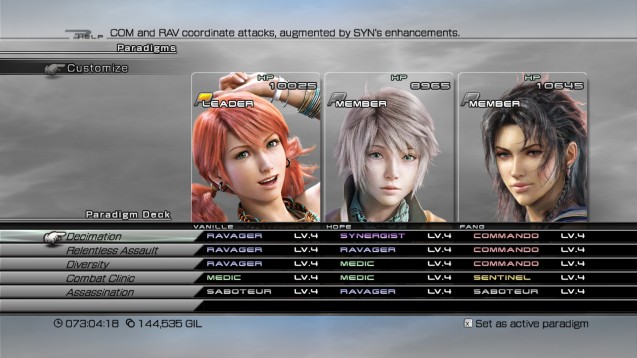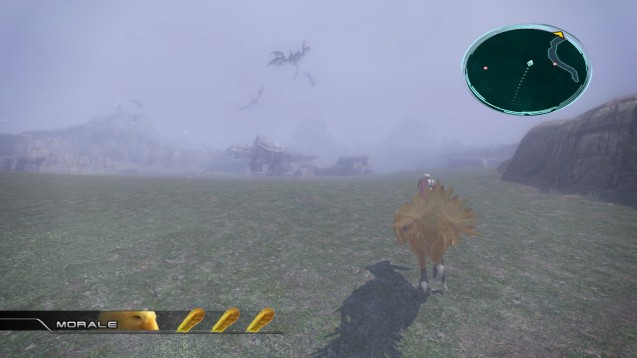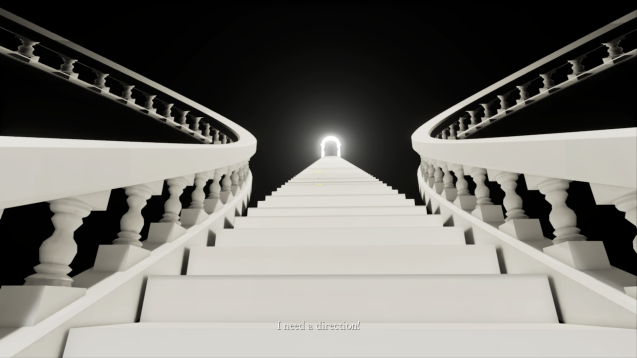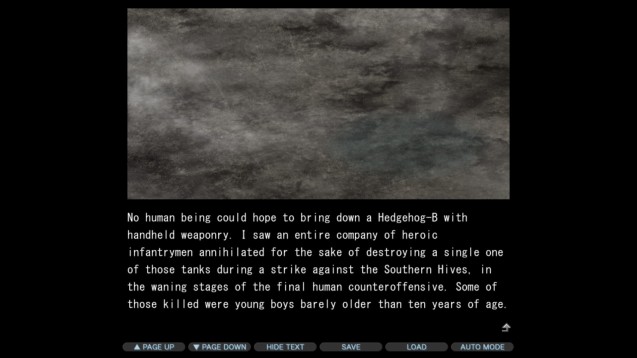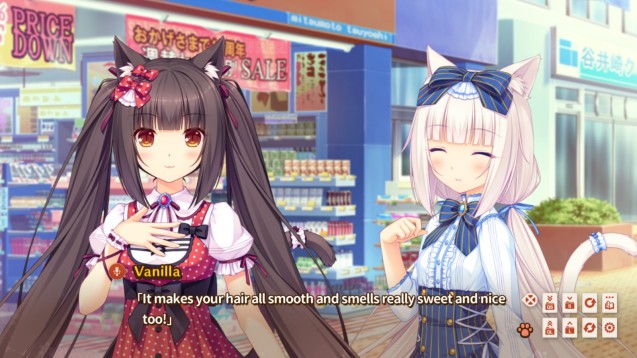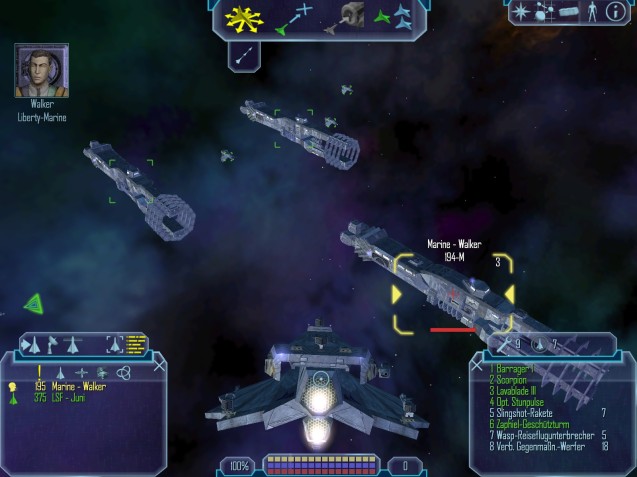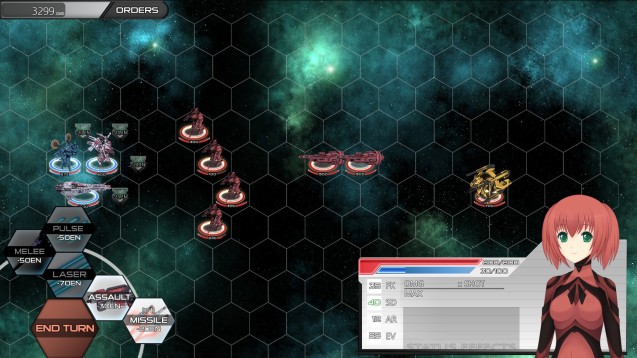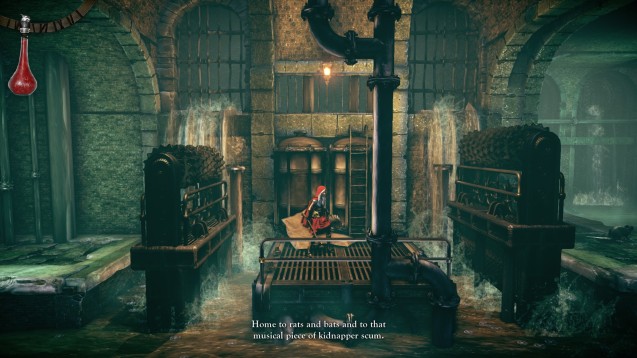Warning: This review contains spoilers of Final Fantasy XIII.
Final Fantasy XIII-2 continues the story of the first game, right after the ending cutscene of the first game. A new era has begun, where people are no longer under fal’Cie control. With their providing masters gone, people now have to find their own means of survival on Gran Pulse.
The game follows the footsteps of Sarah Farron, the sister of Lightning who was formerly frozen in Crystal Stasis. The actions of Lightning & co. released her from her crystal prison and is able to wander the world as a normal human being again.
Now living in New Bodhum, a replica of Bodhum established on Gran Pulse, Serah seems to remember things that are not quite right it seems. She remembers reuniting with Lightning and the others, but Lightning is nowhere to be found, and her friends at New Bodhum tell her Lightning went into Crystal Statis together with Fang & Vanille to keep Cocoon from crashing into Pulse.
On a fateful day, an unusual lot of enemies start attacking New Bodhum. Just when things start to look bleak, a space-time rift opens, and a young man comes to their aid. He is Noel Kreiss, a warrior from the future who has witnessed the end of humanity and is on a quest through time to prevent this outcome from happening.
After the fight, Noel explains Serah & the NORA crew that he is from the future, that Lightning is alive and sent him to Serah over the timeless world of Valhalla, and that someone else has been meddling with the time lines. As a result, gates to the Historia Crux started appearing in different areas and times, which allow time travel to times and places where a paradox has manifested itself. With a new ally on her side, Serah decides to join Noel on his quest to resolve the paradoxes and find Lightning. And so their time-travelling adventure begins…
Gameplay
Combat & leveling
Being a sequel to FF13, the gameplay didn’t change a lot. The game still promotes auto-battle style combat with heavy focus on the Paradigm Shift system from the first game. If you want more details on the Paradigm Shift mechanic, please read our review of Final Fantasy XIII, which has a section explaining it.
Initiating combat has changed completely. This time, RNG encounters are applied like FF games usually have. When triggering an encounter, enemies spawn around you which you can either avoid by running away (if the enemies aren’t too fast), run into them to engage combat, or attack them to start with a pre-emptive strike.
Another new addition in combat is the use of quick time events during bossfights. This makes the combat a bit more interactive, and using the auto-battle command is no longer your one-way solution to everything.
The Crystarium system (which is used to level up your characters) has changed a bit. The basic idea remains: After completing a battle you get Crystogen points which can be allocated to one of your available roles. Leveling up a role grants you new skills for that role. However, 2 things have changed compared to the FF13 Crystarium. The first one is that the Crystarium is no longer a multi-level spiral, but simply a circle of a fixed amount of nodes you iterate through multiple times. Every time you spend enough Crystogen to complete a circle, your Crystarium level goes up by one, and a special ability is granted to you which you can choose. This is the way to unlock extra roles, role levels, ATB gauge segments and accessory capacity. A higher Crystarium level also causes the Crystogen cost per node to increase, so make sure you choose your upgrades wisely, as grinding towards the next level may be a painful task.
In this game we only have 2 main characters instead of 6, so to fill in the missing slot, Square Enix decided to add a monster capturing element to this game. When completing a fight with a high rank, there is a chance that you will capture a monster which you may use in battle. Each monster has only 1 role they specialize in, unlike the 6 accessible roles of the heroes of the game. However, you may define a paradigm pack of up to 3 monsters, allowing you to use at least 3 of the 6 roles for the 3rd character slot in your paradigm setups. This is a small restriction compared to the first game, but it doesn’t have a impact too big.
Sarah and Noel level up using Crystogen points, but monsters must be upgraded with monster materials. These are items you can find or buy and only act as food for your monsters. Instead of a number of crystogen points, the monster Crystarium requires a certain amount of items to level up. The Crystarium of monsters also works with Crystarium levels, allowing you to upgrade the monsters role level and ATB gauge.
Exploration
The way the world is laid out is totally different from the first game. The entire story progresses through smaller areas which can be accessed from the Historia Crux. Each area is either a different place, or the same place in a different time. As a result, you may have to explore the same place multiple times, every time with areas and quests that can be accessed only in that specific time. Sometimes you have to go to the past to change something in the future and vice versa so you can proceed.
A large part of making progress consists of traveling back and forth between times and finding items. The finding items part can be a real pain in the rear sometimes, because some of the items are hidden in awfully painful places to discover by yourself, and the amount of hints is really down to a minimum. I had to use a guide to find some of the items to progress through the main story line.
On the brighter side, the areas are interesting and well designed. You get to revisit some of the areas of Final Fantasy XIII, but slightly modified. The game also introduces a lot of new areas, like the future city of Academia and the Augusta tower.
Content
The plot is well made and very interesting, having both interesting heroes which are deepened out over time, as well a remarkable villian, who ends up being a “hero with a different vision”. He is comparable to what Dhaos is in Tales of Phantasia.
The time to complete the main storyline is significantly shorter than what the prequel had to offer. I completed FFXIII in about 60-70 hours, while completing the main story of this game took less than 40 hours. This isn’t necessarily a bad thing: A lot of the tedious things present in the prequel have been cut from this game. The travelling required for the main story is kept short and clean for the most part. However, if you decide to do the side missions, be prepared to do a lot of walking and trying to find items.
Once the game is completed, you get an item called the “Paradox scope”. This allows you to replay already completed sections and obtain an alternate ending. This is kind of cool, because it shows you what could’ve been different, or the things that could’ve gone wrong if our heroes didn’t do what they had to.
Even before completing the game, there are areas that you can discover that are not connected to the main story line. These usually contain an entire branch of side quests leading to some conclusion of a side story.
Last but not least, there is the Requiem of the Goddess DLC which features a minigame where you play as Lightning in a battle against the final boss. It gives conclusion to the entire story and sets up some plot for the third game in the FFXIII trilogy.
Sound & Graphics
The music of Final Fantasy XIII was excellent, and this game performs equally well. Both emotional and more upbeat tracks manage to set the feel for the events that are about to unfold.
In terms of graphics the game doesn’t perform that well. The impressive landscapes that Final Fantasy XIII had are missing in this game. This is partially due to how the maps were designed, usually covering map boundaries with mountains, or being in an area where such views make no sense.
Detail rendering like hair & shadows seems to be rather glitchy and inaccurate and is easily noticed. Kinda ruins the cutscenes where a close-up of the characters is shown, and the hair is starting to defy the laws of physics.
The real killer is the vast amount of frame drops. In this game, I’ve suffered from frame drops both in large and smaller areas. Even in combat, the graphics engine seems to have trouble keeping up with the frame rate.
Conclusion
Final Fantasy XIII-2 is a big improvement compared to the first game. The story has a lot more to offer than the first game, with clearly established characters and motives that grow and change over time. The little tweaks on the combat & levelling system require some time getting used to. While the main story may be a bit shorter than its predecessor, the game provides enough content both pre- and post-game to keep you entertained.
The only hiccups the game suffers from are annoying item searching, harsh level spikes which require some grinding and frame drops. The first level spike happens pretty early in the game, whereas the following sections are too easy due to being overlevelled.
The game is currently available for €16 on steam, which is an alright price for the game, not considering the frame drop flaws. If you think you can overcome the frame drops somehow (or it gets fixed finally), this game is a good purchase. You may need to look up a guide to assist you on the item hunting though.
Final Fantasy XIII series reviews
